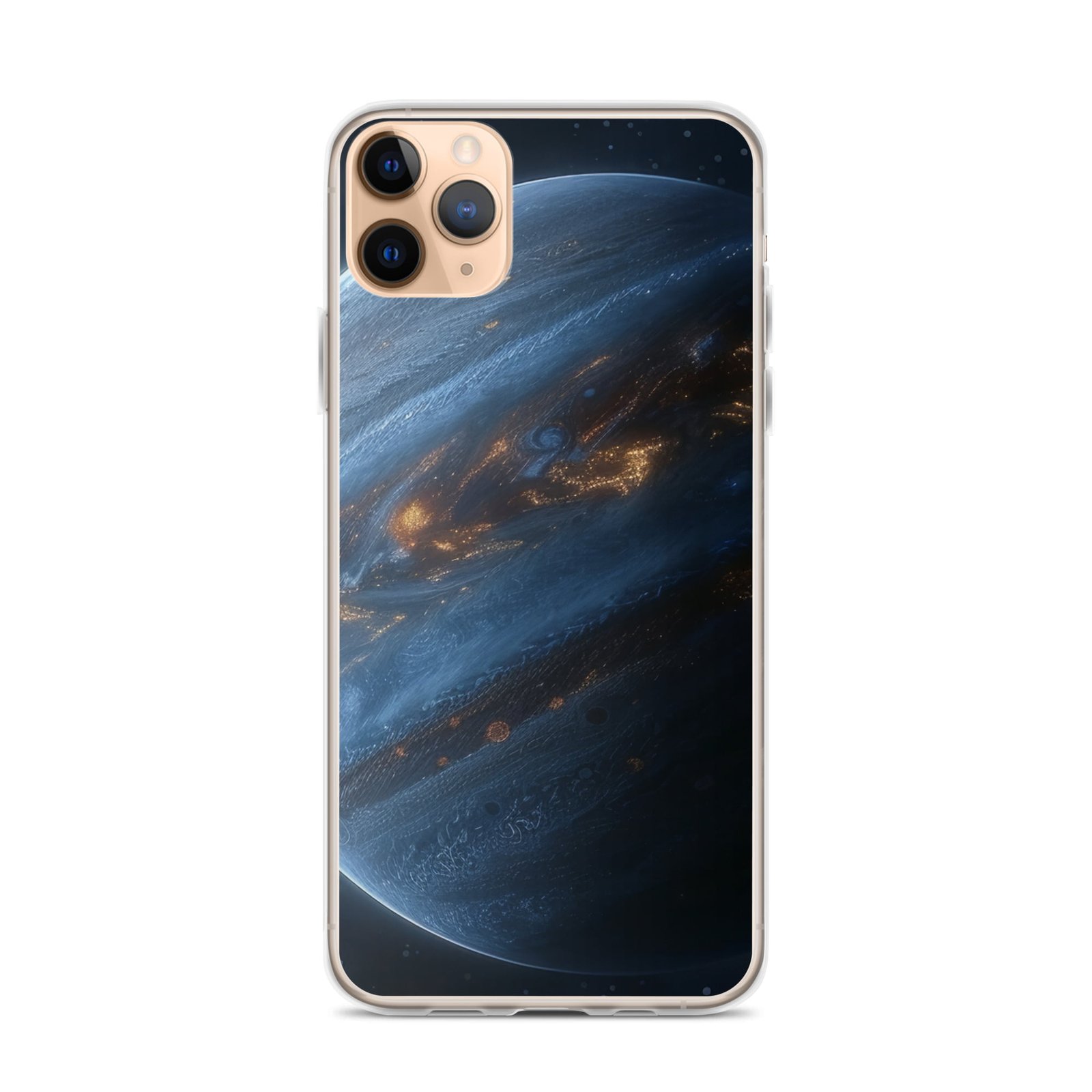Exploring cosmological theories before the Big Bang: cosmic inflation, cyclical models, and the multiverse shed light on our universe’s origins.
Unraveling the Mysteries Before the Big Bang: Exploring Cosmological Theories
The Big Bang theory has long been the prevailing model for explaining the origin and evolution of our universe. However, it leaves us with a profound question: what existed before the Big Bang? This article delves into the fascinating realm of cosmological theories that attempt to shed light on the mysteries preceding this pivotal event. From cosmic inflation to cyclical models, we will explore the cutting-edge ideas that push the boundaries of our understanding of the universe’s origins.
The Enigma of the Pre-Big Bang Era

Cosmic Inflation: A Rapid Expansion Before the Big Bang
One of the leading theories that addresses the pre-Big Bang era is cosmic inflation. This theory proposes that the universe underwent an exponential expansion in the tiniest fraction of a second before the Big Bang. During this inflationary period, the universe grew from a subatomic scale to a vast cosmic expanse, setting the stage for the subsequent hot Big Bang.
Cosmic inflation helps explain the observed flatness and uniformity of the universe on large scales. However, the exact nature of the inflationary mechanism and what triggered it remains an open question.
The Initial Singularity: A Point of Infinite Density
Another concept that arises in discussions of the pre-Big Bang era is the initial singularity. This refers to a hypothetical point in spacetime where the laws of physics break down, and the universe is compressed into an infinitely dense and hot state.
The initial singularity is a prediction of classical general relativity, but it poses challenges when quantum effects are considered. Theories such as loop quantum gravity and string theory attempt to reconcile the apparent incompatibility between general relativity and quantum mechanics, offering alternative descriptions of the universe’s origin
Exploring Alternative Cosmological Models

The Cyclical Universe: Big Bangs and Big Crunches
Cyclical models propose that the universe undergoes endless cycles of expansion and contraction. In these scenarios, the Big Bang is not a one-time event but rather a recurring phenomenon. The universe expands, reaches a maximum size, and then contracts back into a “Big Crunch,” which then gives rise to a new Big Bang, starting the cycle anew.
One intriguing cyclical model, proposed by physicist Neil Turok, suggests that the Big Bang created both our universe and a mirror universe composed of antimatter, with time running backward This model aims to explain the observed matter-antimatter asymmetry in our universe.
The Multiverse: A Landscape of Parallel Universes
The multiverse theory, supported by developments in string theory and observations of the cosmic microwave background (CMB), posits that our universe is just one among countless others. According to this view, the Big Bang was not the beginning of everything but rather a local event within a much larger multiverse.
In the multiverse framework, quantum fluctuations can give rise to new universes, each with potentially different physical laws and constants. This idea challenges the notion of a single, unique universe and opens up a vast realm of possibilities.
The Role of Quantum Mechanics
The Quantum Vacuum: A Seething Sea of Energy
Quantum mechanics introduces a fascinating concept known as the quantum vacuum. Rather than being empty, the vacuum is a seething sea of virtual particles constantly popping in and out of existence This quantum foam challenges the classical notion of a completely empty space before the Big Bang.
The quantum vacuum may have played a crucial role in the universe’s origin, potentially providing the initial conditions or fluctuations that led to the inflationary expansion and subsequent Big Bang.
Quantum Gravity: Bridging the Gap
Quantum gravity theories, such as loop quantum gravity and string theory, attempt to unify quantum mechanics and general relativity, providing a more complete description of the universe at its earliest stages.
These theories suggest that space and time may have a discrete, granular structure at the Planck scale, the smallest possible length in physics. This granularity could have significant implications for our understanding of the pre-Big Bang era and the nature of spacetime itself.
Philosophical and Metaphysical Considerations

The Role of a Creator: Supernatural Origins
Some theories venture into the realm of metaphysics, proposing that the universe’s origin might involve a supernatural creator or intelligent designer. These ideas often invoke philosophical arguments and religious beliefs to explain the existence of the universe and its apparent fine-tuning for life.
While such theories lie outside the realm of scientific inquiry, they reflect the deep human desire to understand the ultimate origin and purpose of the cosmos.
The Anthropic Principle: Observer Selection Effects
The anthropic principle suggests that the universe we observe must be compatible with the existence of conscious observers like ourselves [[15]]. This principle raises questions about the role of observers in shaping the universe’s properties and the potential existence of other universes with different physical laws.
The anthropic principle has been invoked to explain the apparent fine-tuning of the universe for life, suggesting that we find ourselves in a universe hospitable to our existence because otherwise, we wouldn’t be here to observe it.
Conclusion
The question of what existed before the Big Bang continues to captivate scientists and philosophers alike. While the Big Bang theory provides a robust framework for understanding the universe’s evolution, the pre-Big Bang era remains shrouded in mystery.
Theories such as cosmic inflation, cyclical models, and the multiverse offer tantalizing glimpses into the possible origins of our universe. Quantum mechanics and the concept of the quantum vacuum introduce additional layers of complexity and intrigue.
As we push the boundaries of our knowledge, it becomes clear that the quest to understand the universe’s ultimate beginning is an ongoing journey. Each new theory and discovery brings us closer to unraveling the profound mysteries that lie at the heart of existence.
While definitive answers may elude us, the exploration itself is a testament to the indomitable human spirit of curiosity and the relentless pursuit of knowledge. As we continue to probe the depths of the cosmos, we may find that the journey itself is as meaningful as the destination.
























